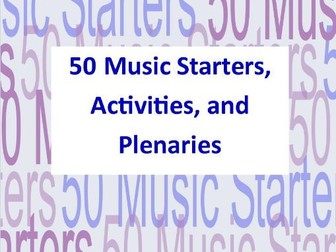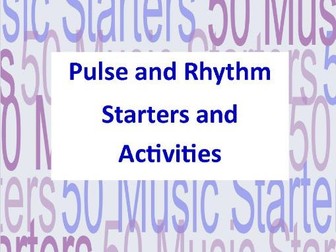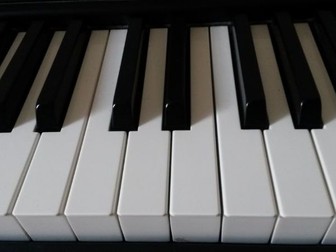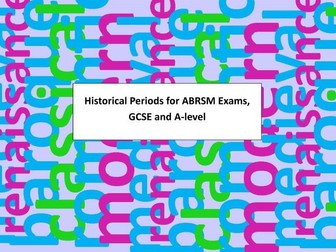
14 "Elements of Music" Worksheets and Puzzles for Cover, Homework or Revision
Stunning Value! A bumper pack of 14 worksheets (or funsheets) for useful coverwork, homework or revision suitable for KS3 (yrs 7-9), or for checking basic knowledge at the start of a GCSE music course, for those with less musical background.
What Does It Do?
This resource tests the basics in an informal way and extends and explores knowledge of each of the elements, giving opportunities for students to apply their knowledge in creative ways - great preparation for a variety of composing, performing or listening tasks. ALTERNATIVELY, use this resource with the associated set of Elements Of Music Factsheets to create a totally self-supporting set of 14/28 activities, where no prior knowledge is needed to complete each task (great for cover work where no specialist teacher is available).
What's In It?
2 worksheets on each of the Elements - pitch, tempo, timbre, duration, dynamics and texture, plus 2 bonus sheets on The Elements. 14 worksheets in all, as well as teacher notes and suggestions for use. Each worksheet ends with a more open-ended task which ensures that coverwork does not run out before the end of the lesson, but these tasks could also be set as a separate homework task - giving 28 short but meaningful KS3 homework tasks in total - enough for a whole academic year!




